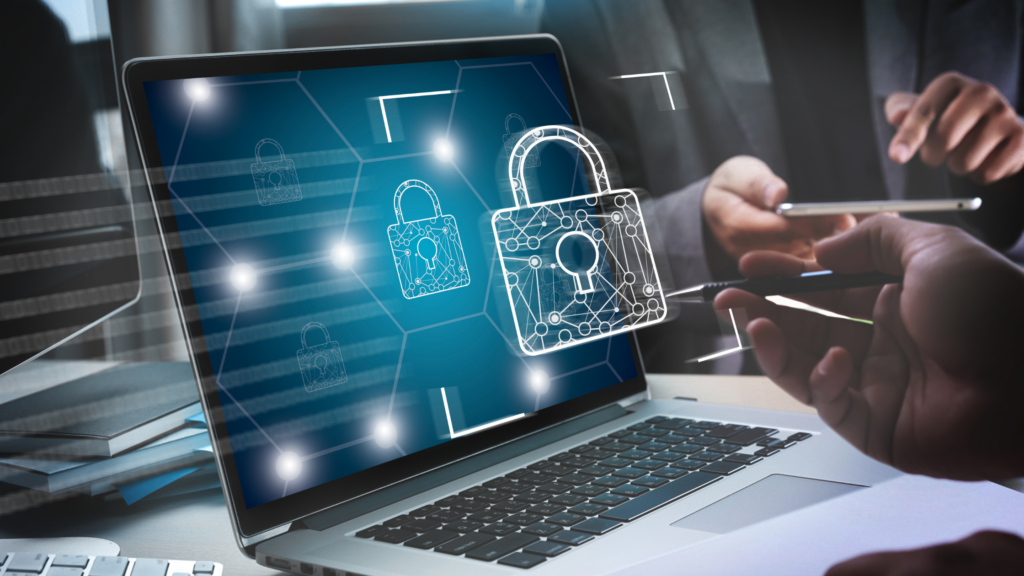1. Risk Management Framework
A strong risk management framework is the foundation of effective cybersecurity. Organisations should:
- Implement a structured risk assessment process to identify, evaluate, and prioritise risks.
- Develop a risk profiling system to categorise and manage threats based on impact and likelihood.
- Establish clear escalation and reporting pathways to senior leadership for timely decision-making.
- Demonstrate remediation capabilities through structured response plans, regular testing, and continuous improvements.
2. Cybersecurity Governance & Compliance
- Align cybersecurity policies with industry regulations and best practices.
- Conduct regular compliance audits to ensure adherence to legal and regulatory requirements.
- Define roles and responsibilities to establish clear ownership of cybersecurity initiatives.
3. Robust Access Controls
- Enforce multi-factor authentication (MFA) for all critical systems.
- Implement least privilege access to restrict user permissions to only what is necessary.
- Regularly review and update access controls based on role changes and emerging threats.
4. Incident Response & Recovery Plan
- Develop a documented incident response plan with predefined roles and actions.
- Conduct regular tabletop exercises and simulations to test response effectiveness.
- Maintain secure backups and a disaster recovery strategy to ensure business continuity.
5. Network & Endpoint Security
- Deploy firewalls, intrusion detection/prevention systems, and endpoint protection solutions.
- Implement network segmentation to limit exposure in case of a breach.
- Regularly update and patch systems to address vulnerabilities.
6. Security Awareness & Training
- Conduct ongoing cybersecurity training for employees to recognise phishing and social engineering attacks.
- Establish a culture of security with leadership support and continuous awareness campaigns.
- Simulate phishing attacks to measure employee response and reinforce training effectiveness.
7. Continuous Monitoring & Threat Intelligence
- Use Security Information and Event Management (SIEM) solutions to detect and respond to threats in real-time.
- Leverage threat intelligence feeds to stay ahead of emerging cyber risks.
- Perform regular vulnerability assessments and penetration testing.
Conclusion
By implementing these fundamental cybersecurity measures, organisations can significantly reduce their risk exposure, strengthen resilience, and ensure compliance with industry standards. Cybersecurity is an ongoing effort that requires proactive management, continuous improvement, and leadership commitment to protect business operations and stakeholder trust.

